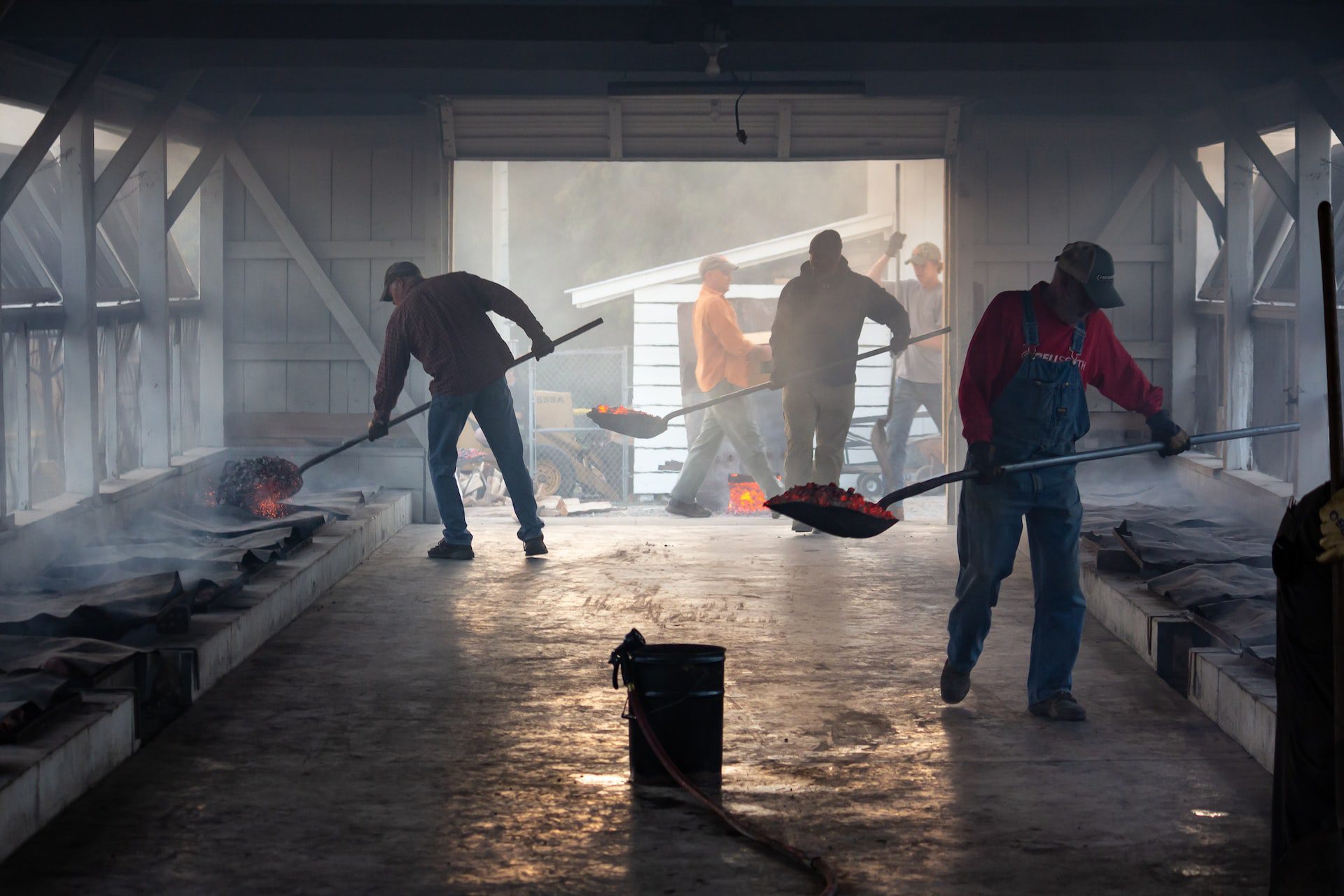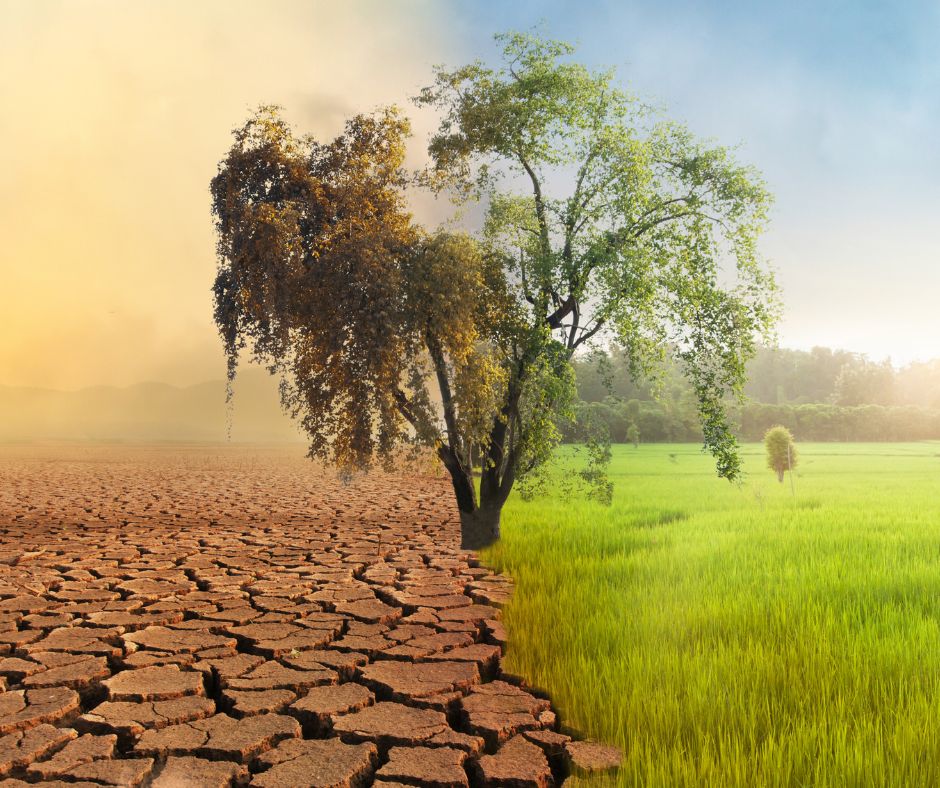Canada needs to phase out fossil fuels, but we can’t leave families and communities impacted by that transition to fend for themselves. The good news is we are not starting from scratch: there are a number of examples of community transitions to learn from and get inspired by as Canada makes the shift. With a little bit of elbow grease and a rounded plan, we can make sure that those who currently depend on high emitting industries find their place in the zero-carbon economy.
Tonawanda, New York, United States of America
A decade ago, Tonawanda, New York was extremely reliant on the revenue of the Huntley coal power plant, which provided jobs and funding for the municipality to operate the local public school system. When market changes forced the plant to go through a rapid closure, an unlikely alliance of unions, teacher associations, environmentalists, politicians and even the bosses came together to create a plan to keep the community afloat as they shifted from being a single coal industry town to a diverse green-industry community.
This coalition secured money for a transition fund by lobbying the government and directly engaging with impacted community members to determine what immediate support they needed, and what longer-term outcomes they wanted for their town. Based on this input they established the Tonawanda Tomorrow plan which aimed to create a more economically diverse and greener community. The plan included green development criteria so that the town’s local natural resources were protected and that population health was prioritized. While the implementation of the plan is still underway, many of the layoffs and school closures were avoided thanks to the work of the coalition.
Lessons learned: Plan ahead, join forces with diverse allies, and unapologetically engage with the government to tell them what you need to make your community prosper.
Six Nations of the Grand River
The Six Nations of the Grand River Development Corporation, which is located on Six Nations territory near Hamilton, Ontario, was created in 2015 with the mandate to pursue economic self-sufficiency without sacrificing the cultural values and integrity of the Six Nations people. Six Nations is the largest First Nation in Canada with over 27,000 members – made up of the Mohawk, Oneida, Onondaga, Cayuga, Seneca and Tuscarora Nations – and spread over 46,500 acres of land. In partnership with a community-oriented investment bank, the Nation’s corporation recently made a deal to refinance its share of a wind farm which operates and owns 77 turbines.
The deal is more than a simple business agreement: it is a concrete example of how sustainable energy can bring back economic and energy sovereignty to Indigenous communities, in a way that is compatible with the community’s values. A just transition is not only about the places and people that are in a good place and need to stay in one: it’s about allowing those historically harmed by resource extraction or economic development to rise to their full potential through this transition.
By refinancing the Niagara Region Wind Farm, the development corporation freed up “$400,000 in additional profits per year – money that will flow straight into the community.” Along with revenue from the corporation’s other projects, the profits of the wind farm have been used to purchase new fire trucks, extend waterlines, improve and redevelop elders’ homes, and support life-saving mental health, family and suicide prevention programs.
Lessons learned: Seek diverse partnerships, mandate corporations with social responsibility
Canada’s transition to a zero-carbon economy is underway, and our government has a responsibility to ensure everyone finds their place in the economy we are building. There is no one size fits all method but stories from around the world teach us that a good plan starts with anticipating disruptions far before they affect people, bringing everyone to the table early on, and getting ready to spend what it takes. The Government of Canada says they are on board. Now is the time to make sure they plan well and do as promised.
Learn more about each case here and find further examples in Canada’s next big shift: Part Two.
For further reading on the case studies above see below:
Sign our letter to tell the federal government what a fair transition should look like. See here to take action.







